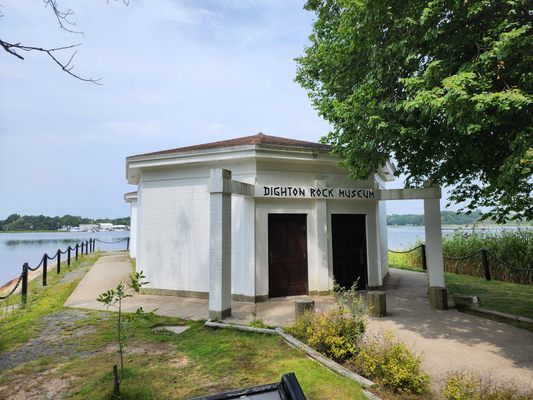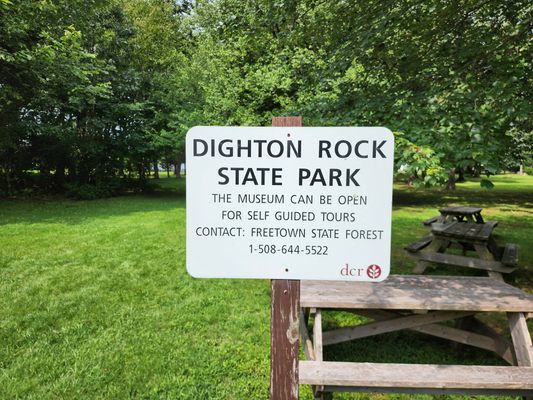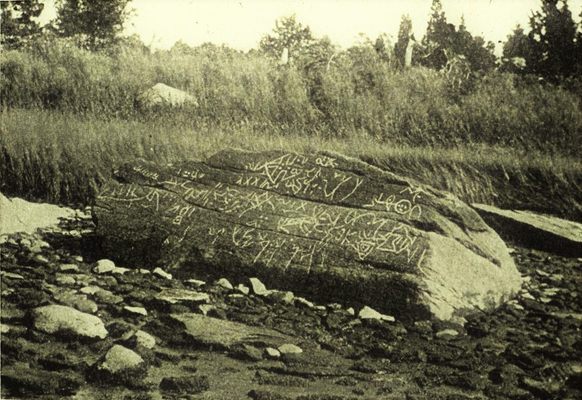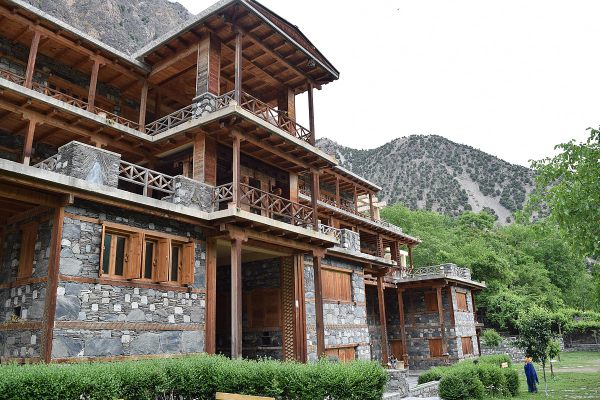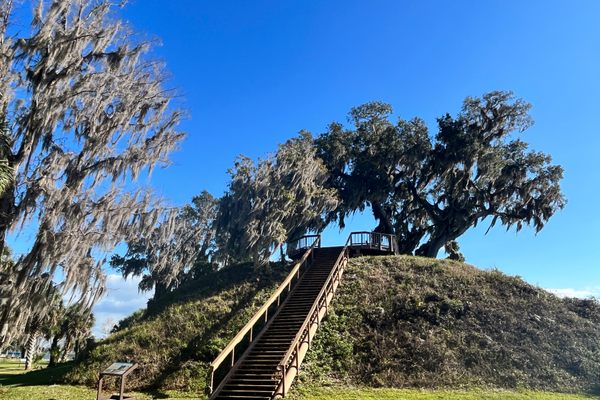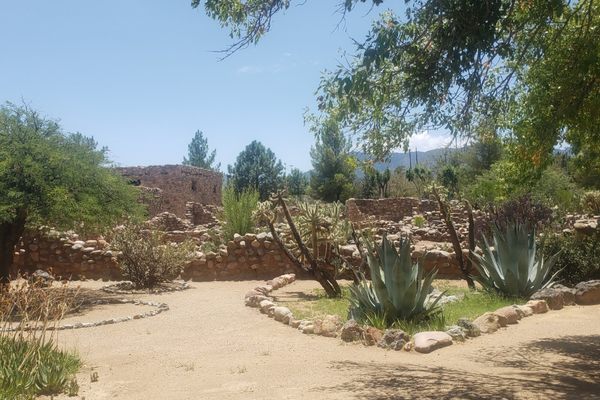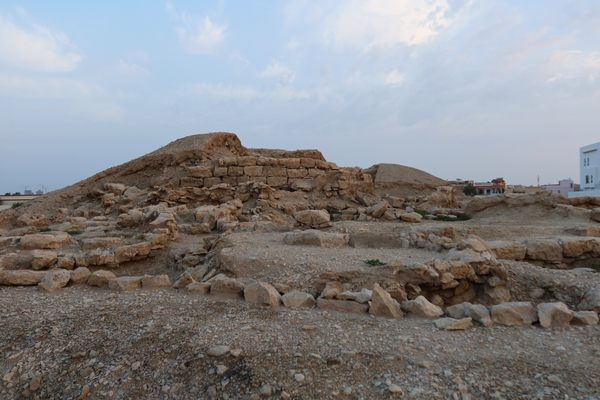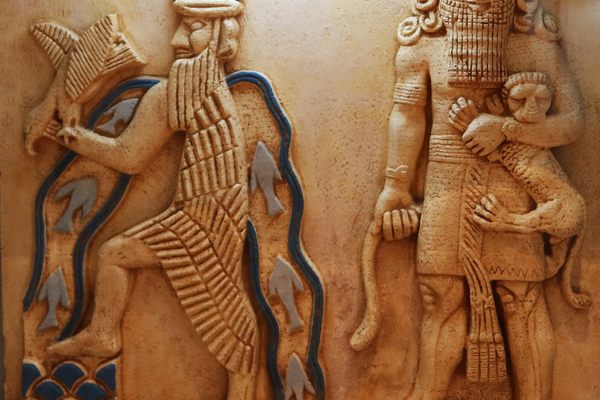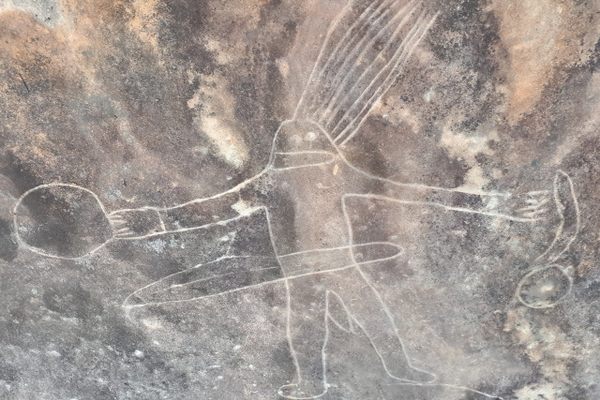About
Dighton Rock has been the subject of curiosity and wonder for longer than the U.S. has been a country. In 1690 Rev. Cotton Mather wrote
"Among the other Curiosities of New-England, one is that of a mighty Rock, on a perpendicular side whereof by a River, which at High Tide covers part of it, there are very deeply Engraved, no man alive knows How or When about half a score Lines, near Ten Foot Long, and a foot and half broad, filled with strange Characters: which would suggest as odd Thoughts about them that were here before us, as there are odd Shapes in that Elaborate Monument.."
As far back as 1783, people were making wild accusations about the origins of the rock. Congregationalist minister and academic Ezrz Stiles was convinced the rock was made by Ancient Phoenicians. This gave way to speculations that the Norse did it, then that early Portuguese explorers carved it (possible), and most recently (and most unlikely) that the Chinese did it, proposed in the 2002 book "1421: The Year China Discovered America" which proposes the Chinese got here 70 years before Columbus.
Despite a few hundred years of speculation, the extensive petroglyphs on the rock have still not been explained conclusively. The most likely hypotheses attribute them to Native Americans or to the Portuguese explorer Miguel Cortereal. Proponents of pre-Columbian exploration of the Americas by Vikings, Phoenicians, and so forth, continue to claim these inscriptions as evidence.
Dighton Rock has been moved from its original location at the waterline of the nearby Taunton River, to a tiny museum in Dighton Rock State Park.
Related Tags
Know Before You Go
Rte. 24 south to exit 10 west. Right at End of Ramp onto N. Main Street. Left on Friends St. Follow signs. The museum is open by appointment only.
Community Contributors
Added By
Published
April 8, 2012


